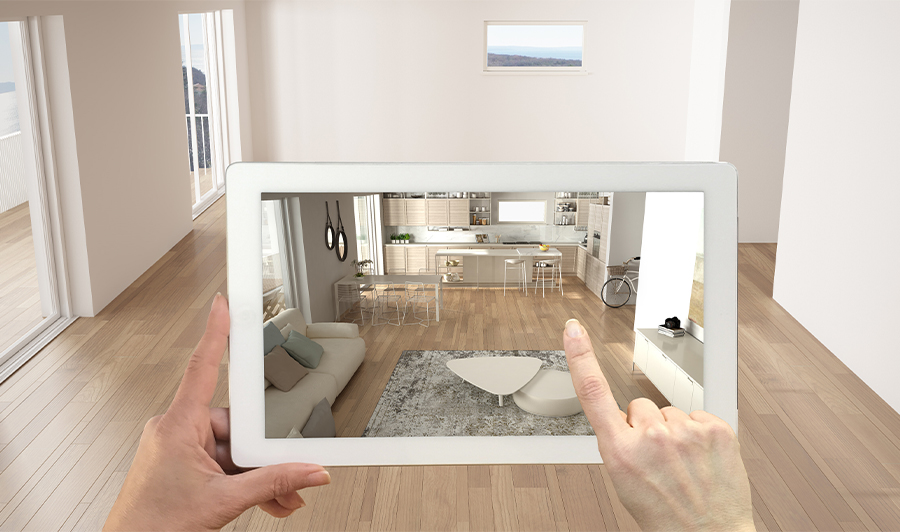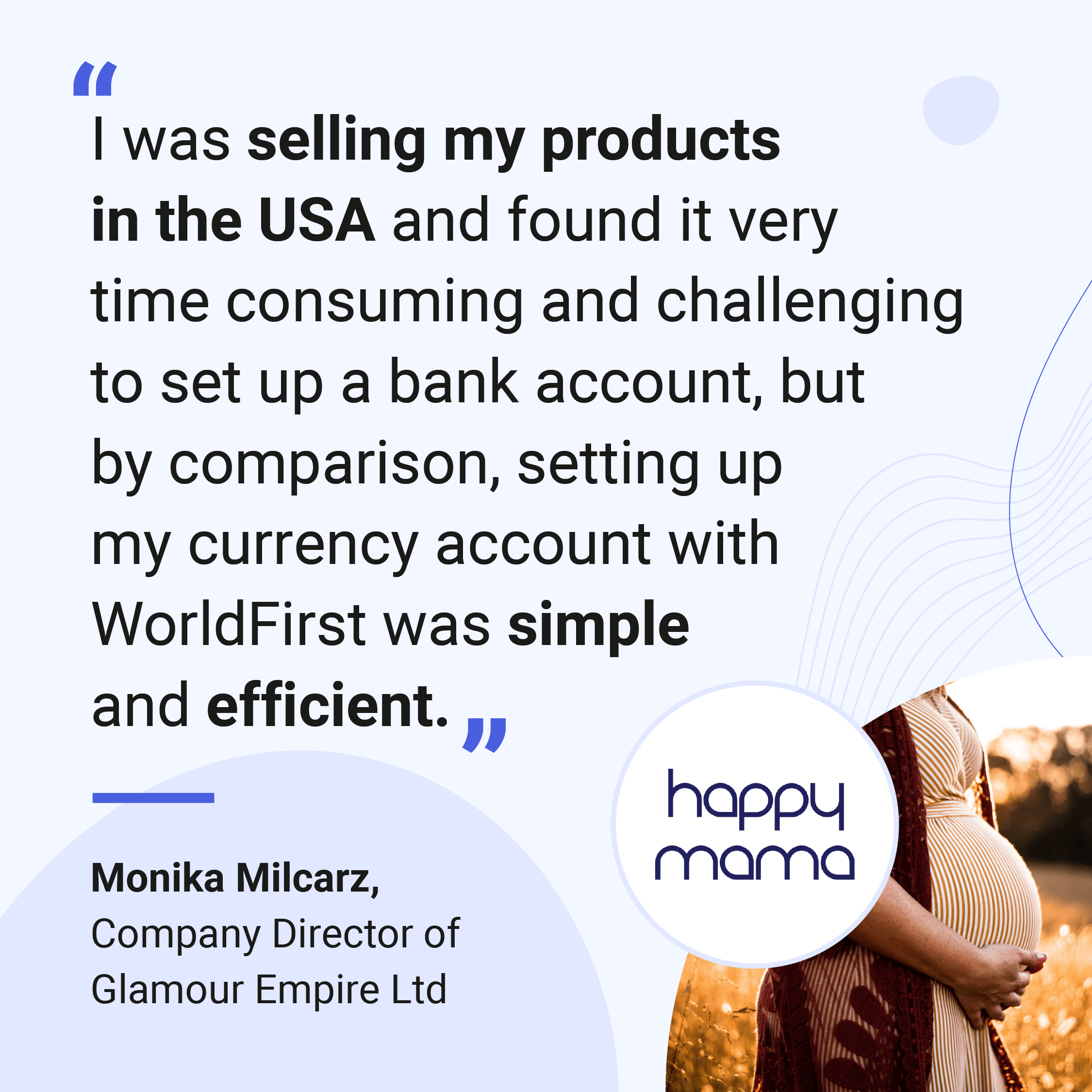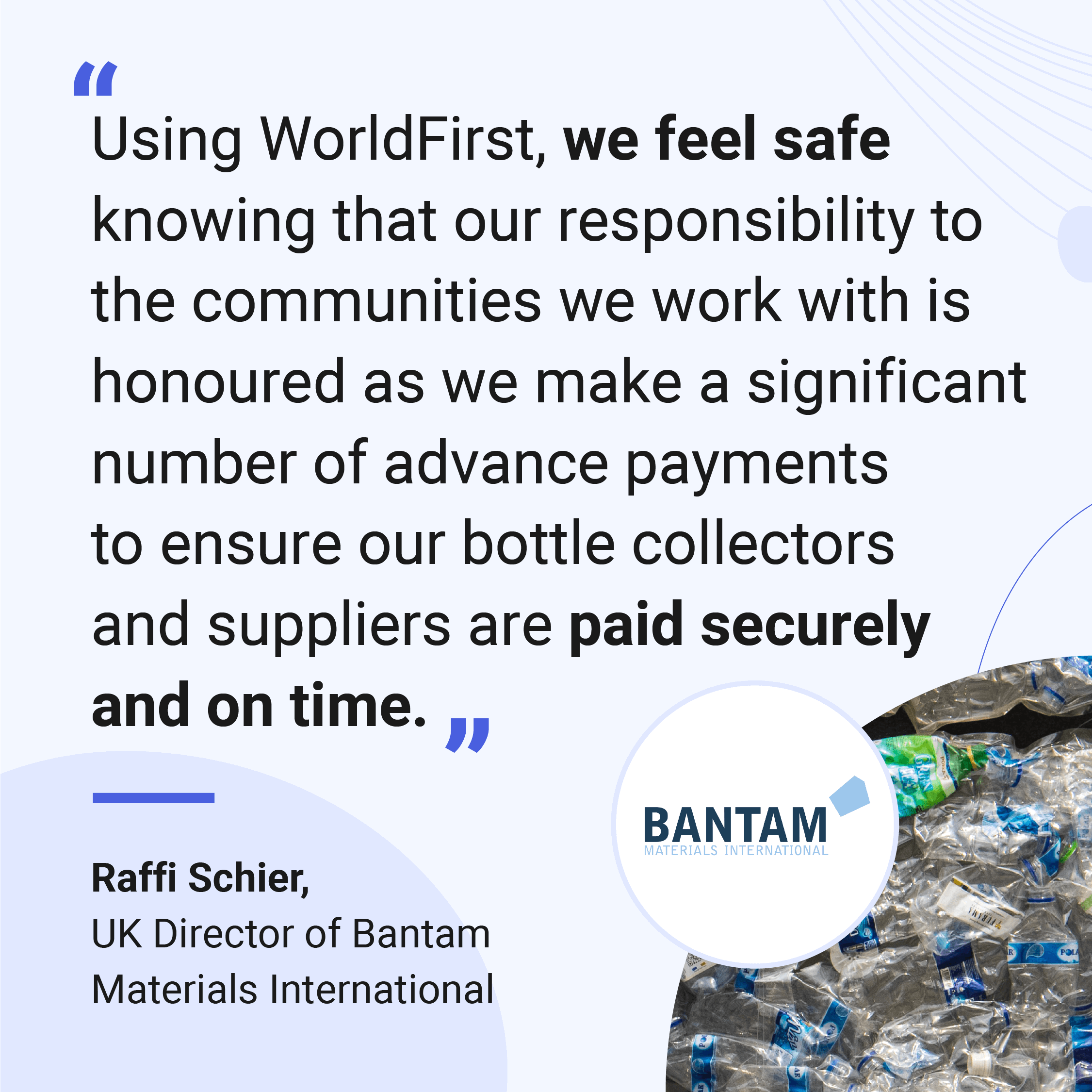
As a business model, e-commerce continually demonstrates that consumers are willing to trust businesses and buy goods they haven’t seen. Augmented reality (AR) in e-commerce, however, has made the online buying process much more tangible. Digital transformation in general — and AR technology adoption in particular — has ushered in a new hyper-real e-commerce era that could challenge customers’ expectations of online retailers.
While site visitors still can’t physically touch the goods on a website, augmented reality helps customers get a much better impression of the products they see. The question is, does augmented reality influence spending habits — and if so, could your small business stand to benefit?
Augmented reality's positive influence
A more informed buying process
Augmented reality offers consumers more information about the products they’re buying. Currently, traditional e-commerce outlets can provide consumers with high-resolution product photographs in which items are shown in a professionally arranged set. AR, however, allows consumers to go a step further. With the right technology in place, consumers can see how goods complement their existing environments: fit, colour and style, for instance.
Products like art and home furnishings can be rendered ‘in’ consumers’ homes — or, when it comes to jewellery or makeup, on consumers themselves. This type of hyper-real visualisation helps site visitors understand more about products.
Because of AR, businesses stand to enjoy lower return rates as goods are selected more accurately. When people pick products they really like, the companies they buy from spend less on returns, reducing overhead costs — and inventories remain more stable, too.
A more interactive buying process
AR is a fantastic marketing tool, and it’s a delightful novelty for consumers, too. Leading with the ‘fun’ that AR offers can help businesses build engaging and positive customer experiences and a lasting brand.
If you have various versions of a single product or a wide range of products on sale at your site, AR allows customers to compare goods with more insight. With just the flick of a finger, goods can change before customers’ eyes, allowing them to compare products more quickly.
A similar experience to in-person shopping
As a consequence of the information and interaction that AR offers, consumers’ shopping experiences begin to emulate in-store purchasing. While e-commerce has captured a steadily increasing slice of the marketplace pie, it still remains the minority shareholder of all purchases within the UK, having only recently peaked at 36.3% of all retail sales.
AR offers e-commerce businesses the opportunity to grow this sales ratio further because it provides customers with the convenience of e-commerce and the confidence of in-person shopping.
Augmented reality's negative influence
AR is a developing technology
AR and similar technologies that blur our real and digital worlds are still developing. For this reason, poor-performing versions of AR can hinder sales opportunities. Setting high expectations of your AR technology’s capabilities only to disappoint customers with low-quality visualisations can cause frustration.
AR is supposed to be a tool to help consumers navigate the sales process with confidence. If goods aren’t rendered accurately or well enough, site visitors may think that this poorer-quality version is what’s actually available and abandon purchases.
Optimising AR for moving targets (following customer’s arms when rendering an AR watch, for example) can present a challenge, too. Without a sufficiently well-functioning and sophisticated augmented reality deployment, businesses risk spoiling sales opportunities.
Devices limit the ability for AR integration
AR experiences are limited by the devices customers have. Your job as a contemporary e-commerce company is to offer a seamless AR experience with impressive visuals and accurate product visualisations. Much of the work necessary to deliver this experience, however, rests in consumers’ own devices.
As you create your AR strategy, consider whether the devices your customers use can handle the integrated AR technology on your site, or in your app. Processing speeds and connectivity issues, for example, can result in a clumsy and stunted AR experience.
You may need to invest quite a lot to optimise your AR technology for your customer base, but that investment could pay off if your bottom line increases as a result.
Future expectations of AR
AR integration is spread unevenly across different industries, with some sectors and businesses taking more initiative than others. L'Oréal, DFS and ASOS have been among the largest players in AR integration since 2020.
Industry experts predict that e-commerce businesses in the healthcare and education sectors will benefit the most from AR integration in the future. Google survey data indicates that nearly half of consumers expect beauty and automotive brands to offer an AR experience in 2022, too.
How to save while investing in AR with WorldFirst
If you’d like to capitalise on the opportunity that AR offers your business, you may need to think global. According to the IDC Worldwide Semiannual Augmented and Virtual Reality Spending Guide, China will probably spend the most on AR technologies in forthcoming years, and so you may need to work with and pay international firms. If you do, you’ll need to partner with a foreign exchange provider that can deliver cheap and fast currency transfers.
With nearly 20 years’ experience and over £87 billion transferred, WorldFirst is a leading provider of international business payments.
WorldFirst also provides fast transfers, with options for same-day transfers. As a result, companies limit their exposures to fast-moving currency markets and reduce risk when completing transactions.
If you’re interested in learning more about the solutions offered by WorldFirst, our team of relationship managers are on hand to provide you with the information you need. Email corporate.dealing@worldfirst.com, call 0203 925 9326 or view our products to find out more.

You might also like
Insights from WorldFirst cover the latest FX news, top accounting tips, strategies to mitigate risk and key industry trends. Choose a category below to find out more.
Businesses like yours trust WorldFirst
- Almost 1,000,000 businesses have sent $150B around the world with WorldFirst and its partner brands since 2004
- Your money is safeguarded with leading financial institutions

What our customers say about our services





